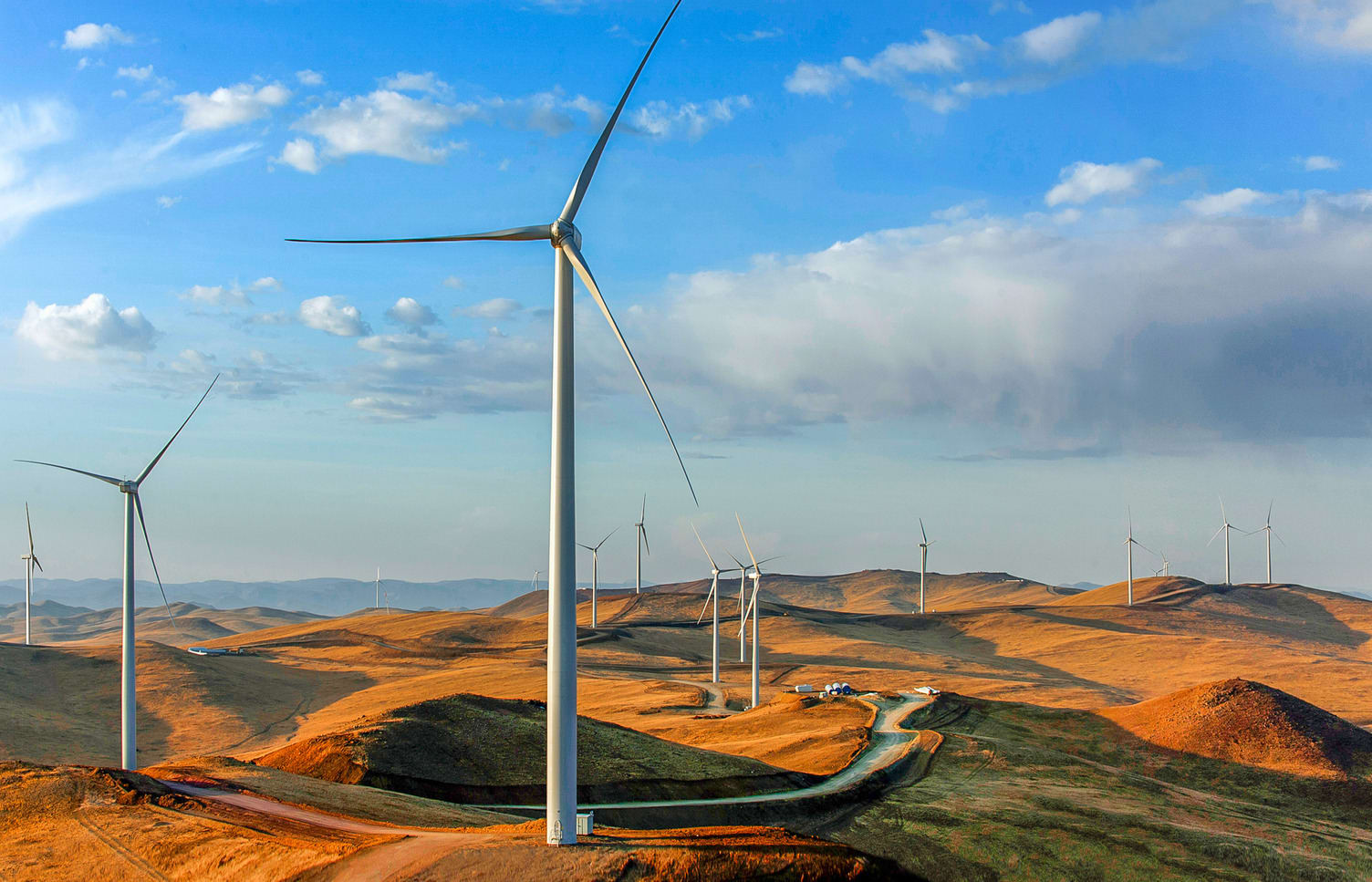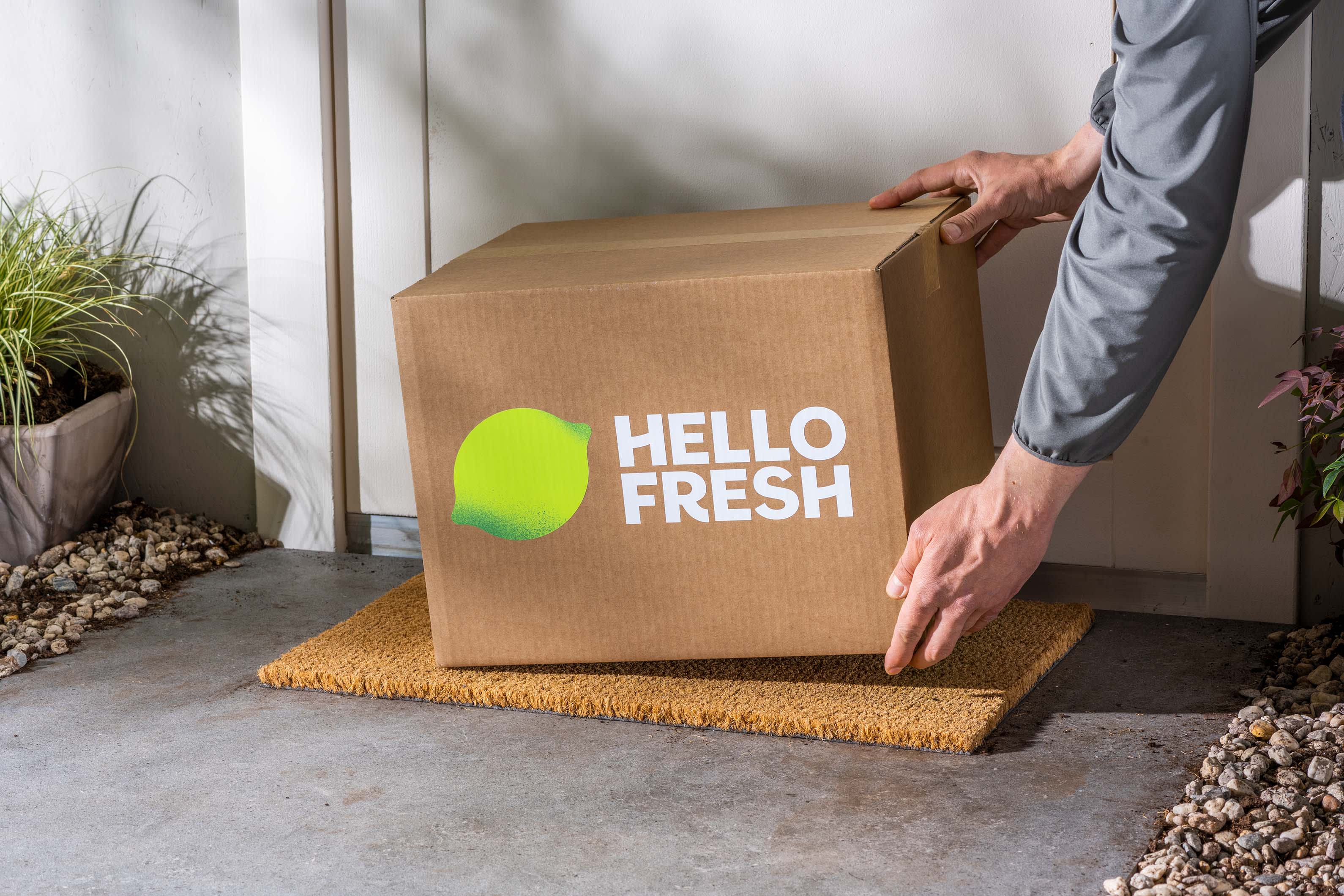
Fast and fresh: HelloFresh's efficient supply chain
With HelloFresh, it’s easy to reduce carbon emissions at mealtimes. Thanks to our short supply chain, ingredients make fewer stops between the supplier and you. Food gets to you faster and stays fresh for longer, producing fewer carbon emissions and less food waste*.As the world’s biggest meal-kit provider, HelloFresh recognizes the important role we play in the food industry and the opportunity we have to make a meaningful impact.
"Food gets to you faster and stays fresh for longer, producing fewer carbon emissions and less food waste."

Taking action at every step: from sourcing to delivery
HelloFresh is taking a number of actions to reduce carbon emissions across every step of our ingredient sourcing, packaging and delivery processes. Where possible, we look for ways to replace CO2 with renewable forms of energy. We also work in partnership with South Pole to invest in sustainable projects around the world.
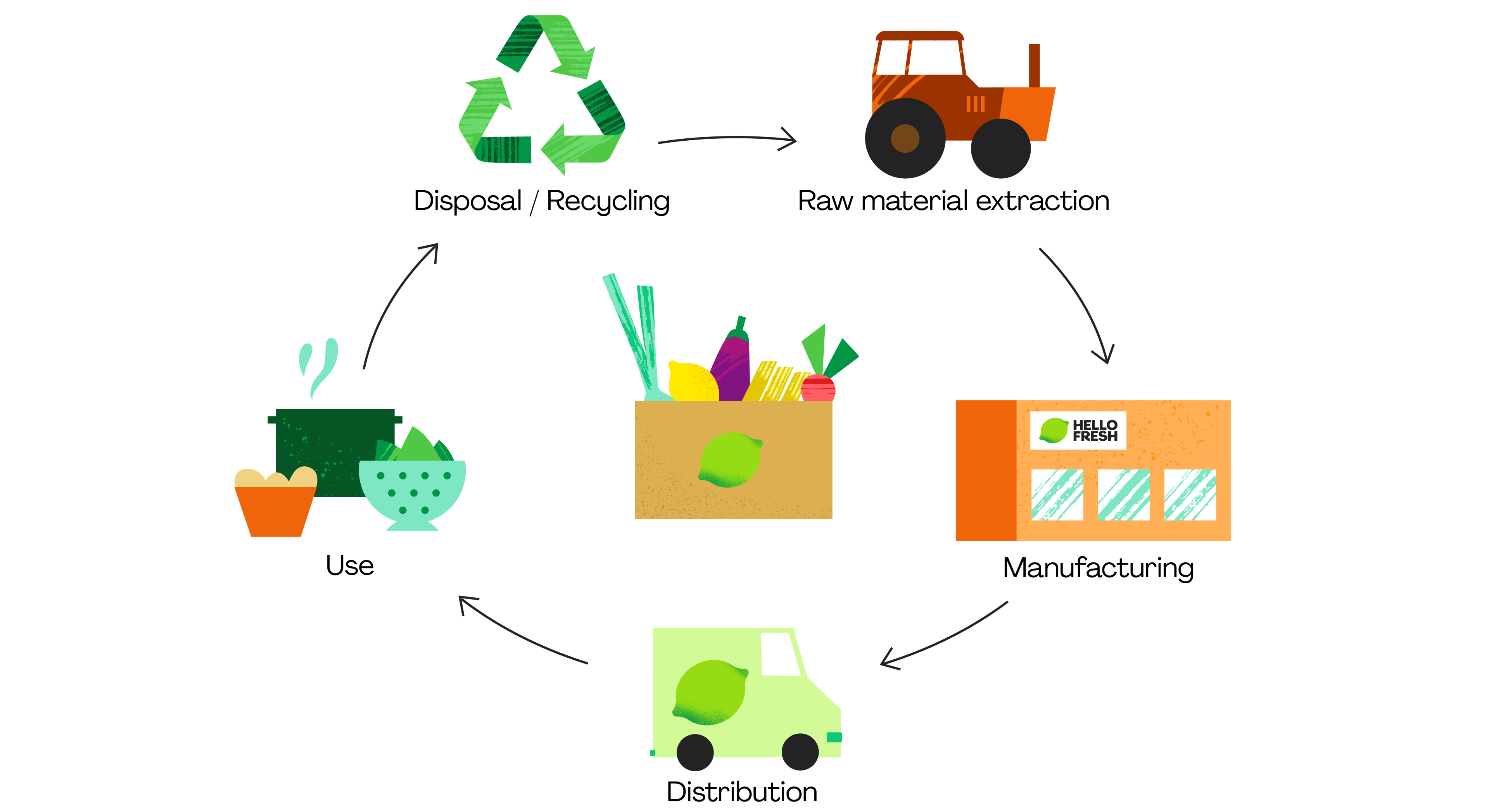
Cooking with fewer carbon emissions
HelloFresh conducted a life cycle assessment study (LCA) to analyze the journey and average impact of a vegetarian, chicken and beef meal from start to finish. The study found that cooking with HelloFresh creates 25%* fewer carbon emissions than the same meals made from supermarket ingredients.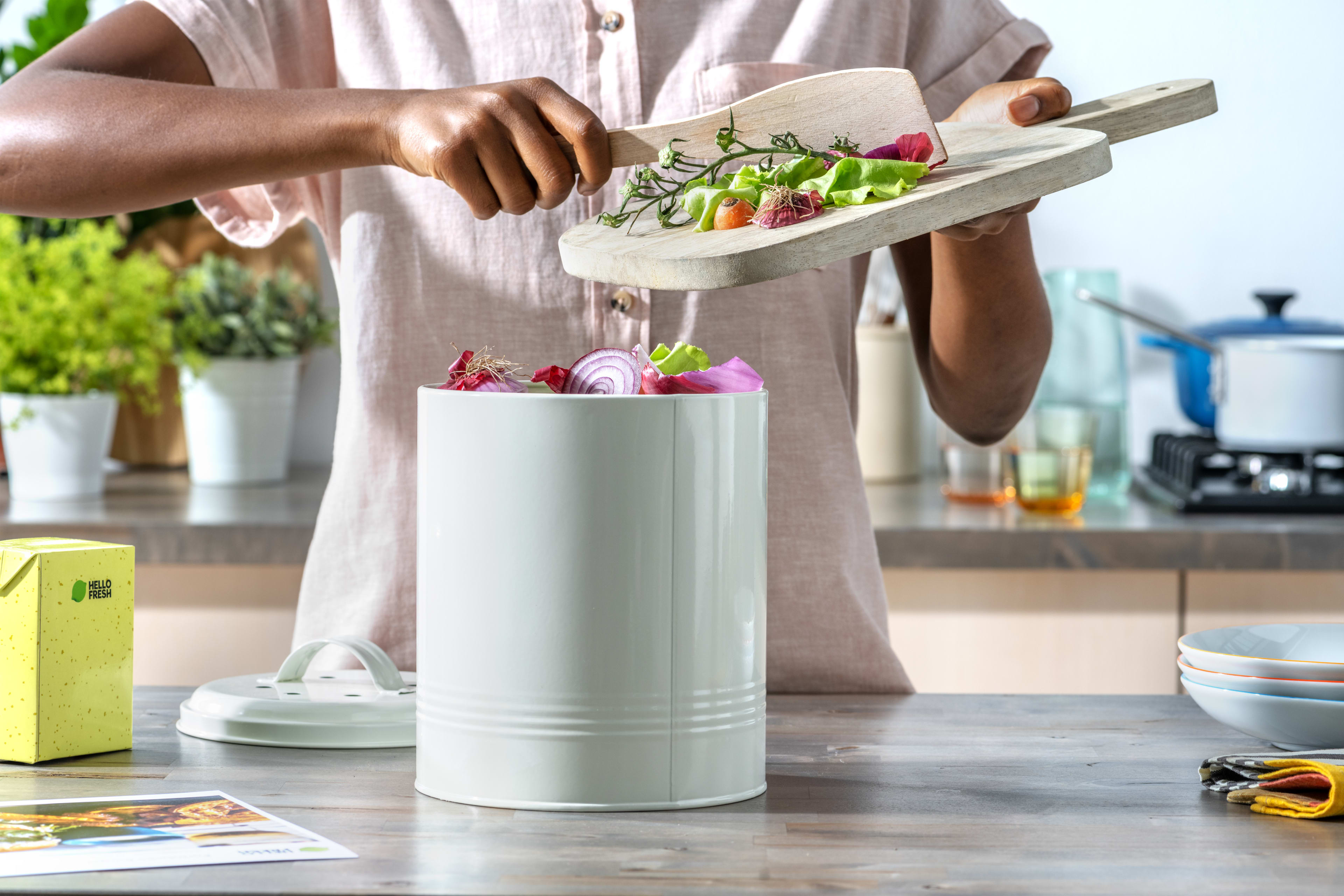
Measuring the kilometres of your ingredients
While ingredient production is the biggest contributor to carbon emissions, our short supply chain goes a long way to reducing CO2 emissions.Your HelloFresh ingredients are sourced locally wherever possible. Not only do they travel shorter distances, but there are fewer stops between the supplier and your door. This makes for fewer carbon emissions and, because we only buy ingredients in the right amounts, creates significantly less food waste**.
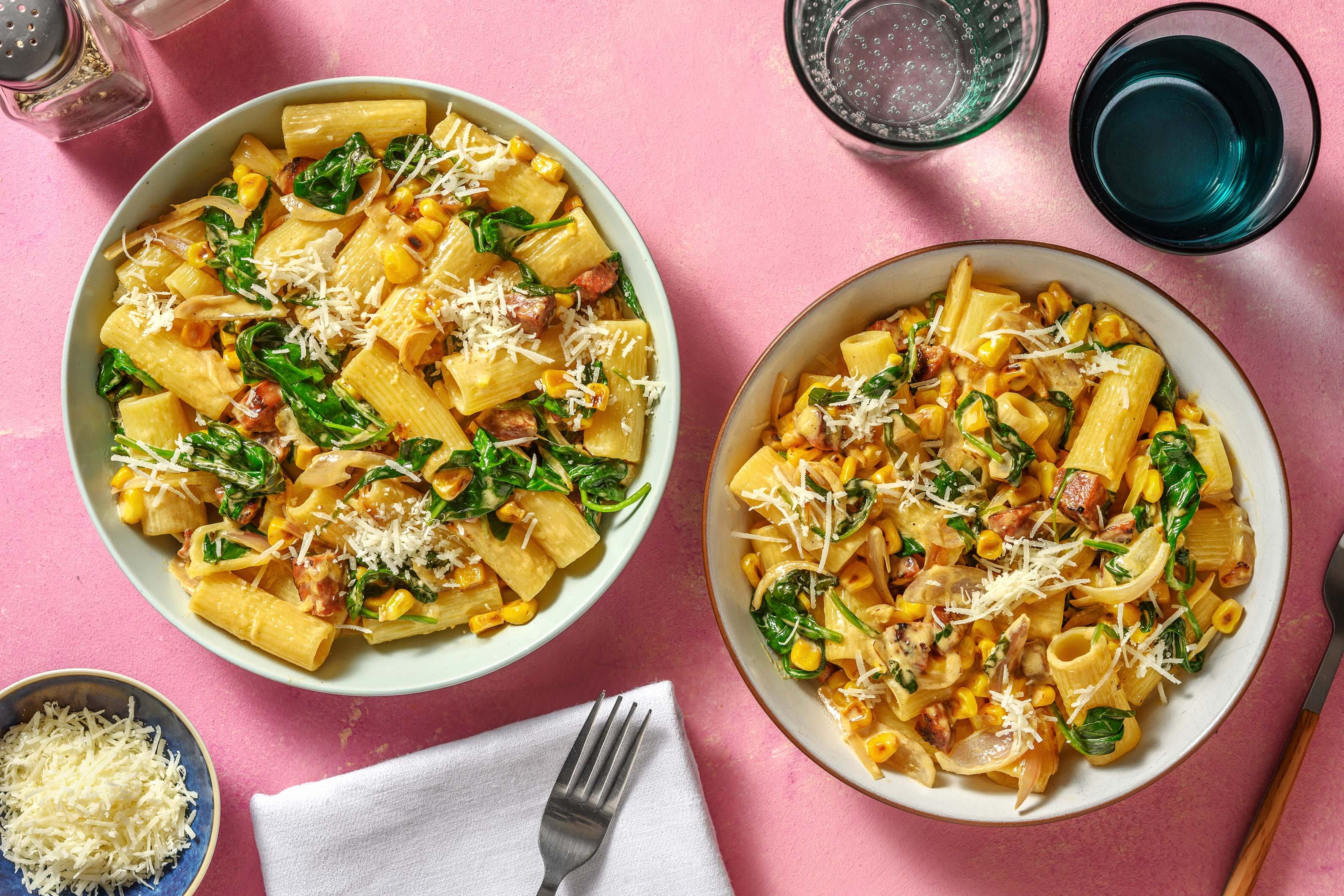
Serving up meals with fewer emissions
You can now add meals with fewer carbon emissions to your HelloFresh box. These are recipes on the menu with the smallest carbon footprint, producing fewer greenhouse gas emissions than an average HelloFresh meal in a given week. To calculate the environmental impact, HelloFresh partnered with HowGood to assess the “CO2 equivalent” (CO2e) of our recipes. This includes greenhouse gas emissions resulting from the production and processing of ingredients.Try our recipes that have the Low CO2 tag.
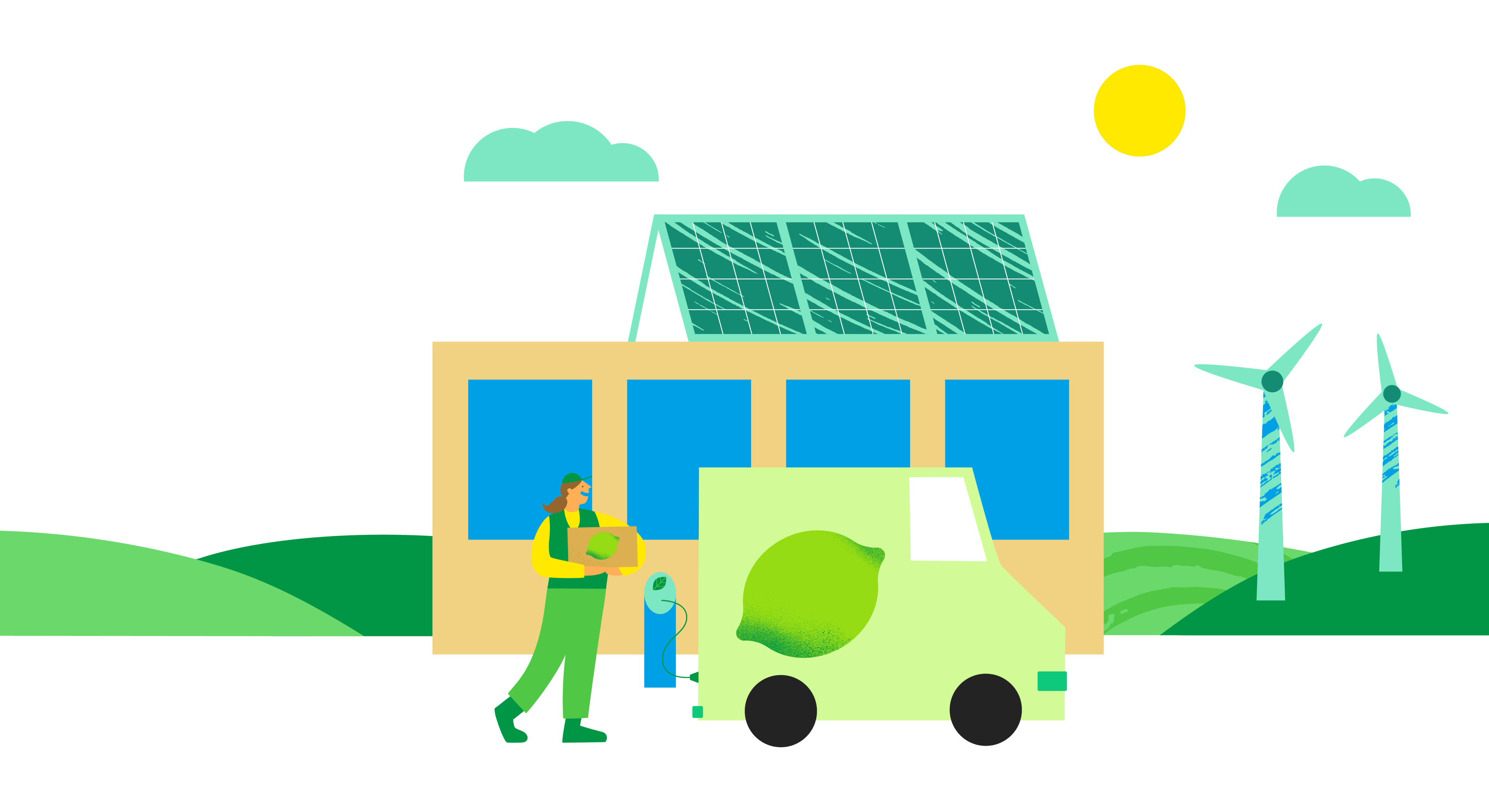
Powering up energy efficiencies
Reducing carbon emissions is a multi-faceted process. One of the direct ways to lower emissions is by making HelloFresh distribution centers more energy-efficient. This involves small- and large-scale changes, from replacing equipment to establishing strict criteria for energy suppliers. Across all markets, HelloFresh is transitioning to renewable forms of energy such as solar, wind and hydropower where possible."Across all markets, HelloFresh is transitioning to renewable forms of energy such as solar, wind and hydropower where possible."
